1. Walking Sharks
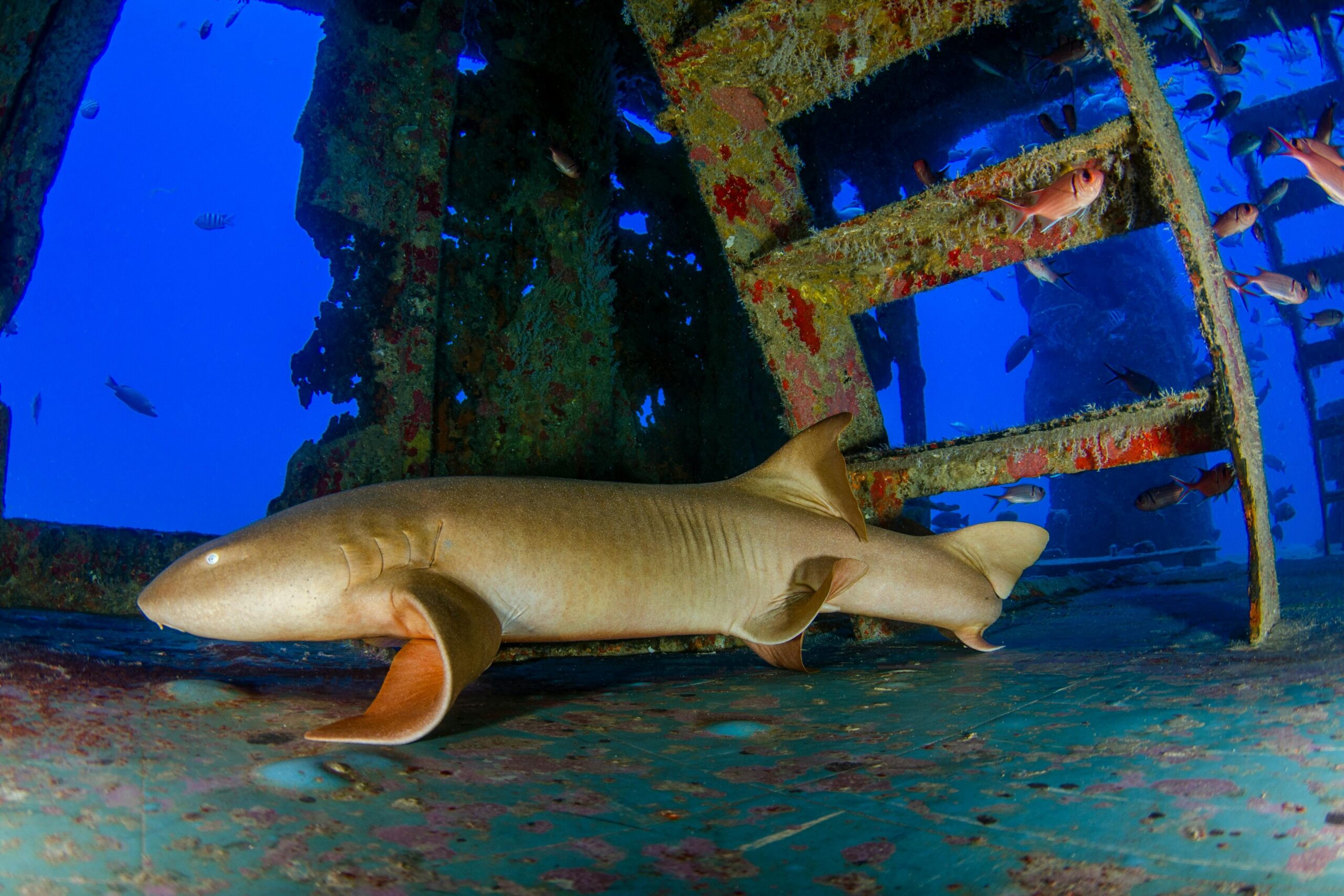
Let’s start with the stars of the headline as the Oceanic Society refers to them, the epaulette sharks, or as I like to call them, the “strolling sharks.” These fascinating creatures, use their fins to move across the ocean floor, almost like little underwater walkers. It’s a behavior that seems more suited to land animals, but these fish have adapted to a life in the mudflats where water levels fluctuate. What’s even wilder? Mudskippers have been spotted leaving the water altogether, navigating over rocks and tidal pools in search of food. Their ability to survive on land for brief moments makes them one of evolution’s most intriguing experiments, pushing the boundaries of what we typically think a fish can do.
This “walking” behavior isn’t just for show; it helps them access areas other predators can’t reach, offering them an edge in the competitive environment of shallow reefs. It’s a strategic adaptation that allows them to thrive in a unique niche where food and shelter are scarce. Watching one in action feels like seeing a fish halfway through the journey of becoming a land animal. Could this be the early steps of something revolutionary in the animal kingdom? Nature seems to be testing the waters—pun intended—toward a future where aquatic life begins to adapt more to land-based challenges. It’s a glimpse into the fascinating process of evolution unfolding before our eyes.
2. Lizards with Hurricane-Ready Toes

In hurricane-prone regions, certain lizards have started developing bigger, stickier toes to hold onto trees during powerful winds. This isn’t just a random mutation; it’s a survival tactic that’s been observed in a matter of generations. In regions that face frequent hurricanes, only the lizards with the ability to cling to branches and shelter during the powerful winds are able to survive. As a result, these resilient lizards pass on their genes to their offspring, creating a new generation better suited for withstanding extreme weather conditions.
What’s truly incredible is how quickly this evolution is taking place. It’s as if nature hit the “fast forward” button to prepare these lizards for an increasingly stormy future. Over time, their grip strength has developed to allow them to hold on to vegetation, which provides safety during fierce winds. This new “storm grip” is an ingenious adaptation, showcasing the resilience and adaptability of life in the face of climate change. It’s a fascinating example of how animals can evolve rapidly to respond to environmental pressures, offering hope for survival even as the world’s climates continue to shift. These lizards are evolving right alongside the storms that shape their world.
3. Fish That Climb Out of Water
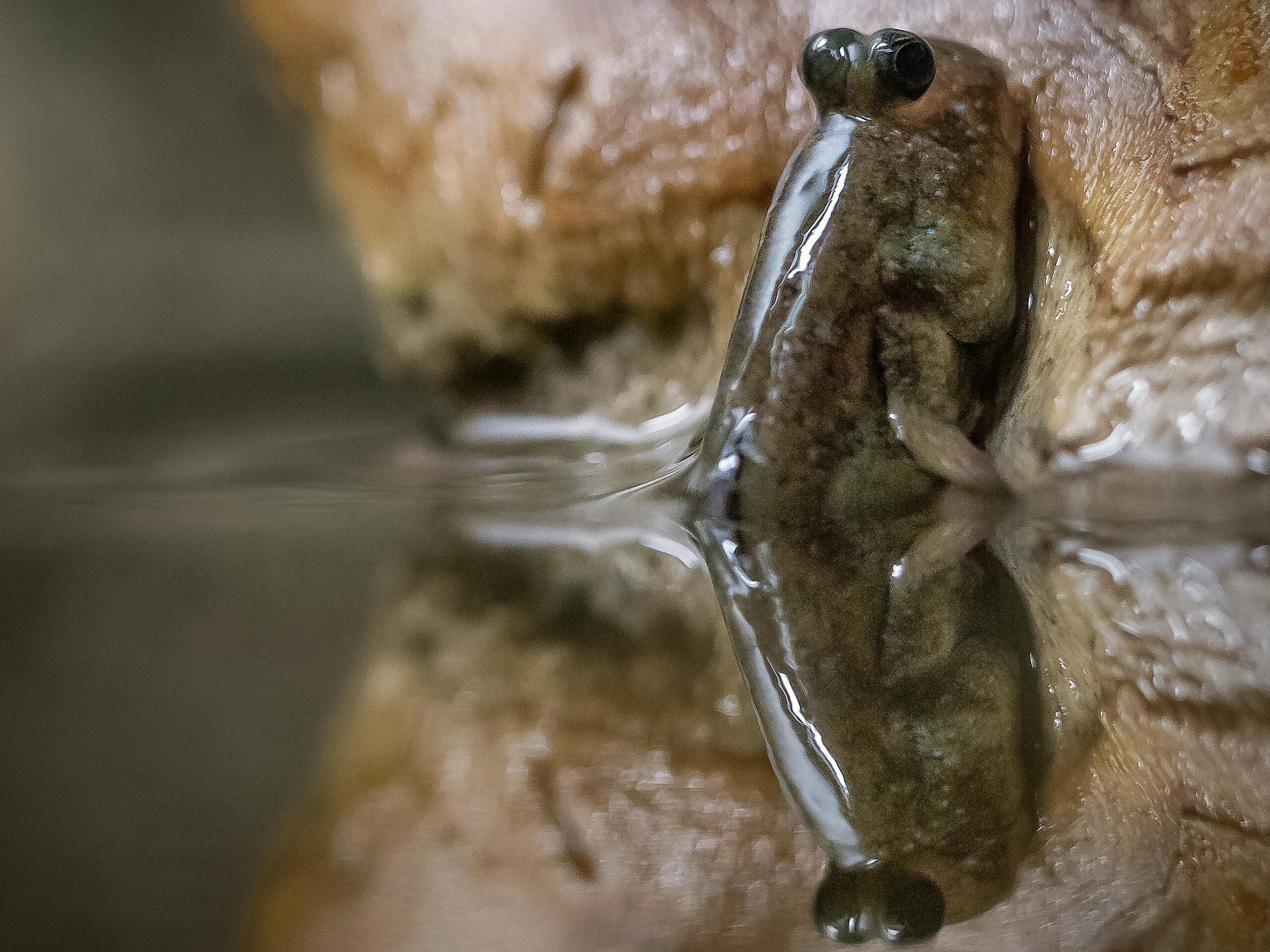
The climbing perch isn’t your average fish. Found in Southeast Asia, this aquatic creature has developed the ability to breathe air and even “walk” on land using its fins. Yes, you read that right—this fish can pull itself out of water and travel short distances over land to find new homes or escape predators. Known as the mudskipper, it’s capable of “walking” on land, using its fins like legs to hop across mudflats or even climb small obstacles. This remarkable behavior allows the fish to venture beyond the water, making it an expert in navigating environments where land and water meet.
This incredible adaptation gives the mudskipper a survival edge, particularly in areas where water sources can dry up during the changing tides. Instead of being trapped in a shrinking puddle, the mudskipper can travel to find new water or shelter. Watching a fish act like it’s auditioning for a role as a land animal is a peek into the evolutionary playbook—showing how life can adapt and thrive in ever-changing conditions. It’s a true marvel of nature’s creativity, a reminder that animals are endlessly inventive when it comes to surviving in harsh environments. The mudskipper’s journey is a small step for a fish, but a giant leap for evolution.
4. Octopuses with Armor
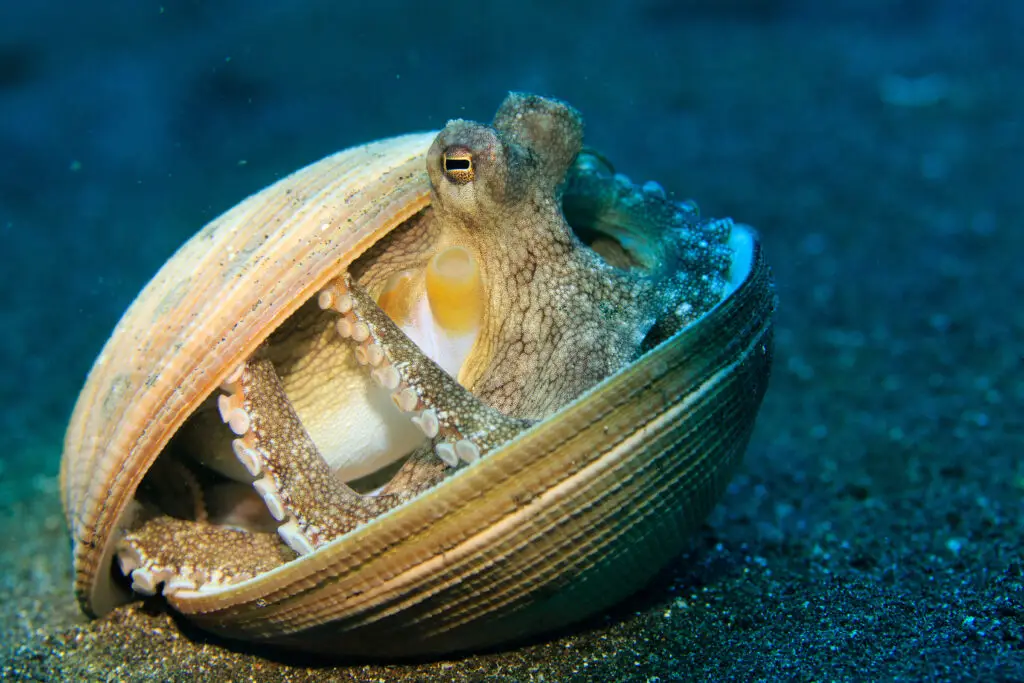
Octopuses have always been the brainiacs of the ocean, but now they’re adding “tactical geniuses” to their résumés. Certain species, like the veined octopus, collect discarded shells and coconut husks to use as portable armor. They carry these shells around like a shield, ready to hunker down when danger approaches. The octopus, with its remarkable problem-solving abilities, will use the shell as a portable fortress, quickly finding refuge by tucking itself inside when threatened. It’s not just about protecting itself from predators, but also a clever way to adapt to its environment. This behavior shows the octopus’s intelligence in using available resources to safeguard itself, a testament to its ability to think and plan for survival.
This behavior is more than just a survival instinct—it’s problem-solving at its finest. Watching an octopus use a shell as a makeshift fort is both adorable and awe-inspiring. The way it searches for the perfect fit and then carries it around like a shield is fascinating. It’s a vivid example of how evolution isn’t just physical; it’s behavioral too. The octopus proves that intelligence is a powerful tool in the game of survival. With its unmatched adaptability, the octopus shows us how creative and resourceful animals can be when facing challenges in the wild
5. Elephants Without Tusks
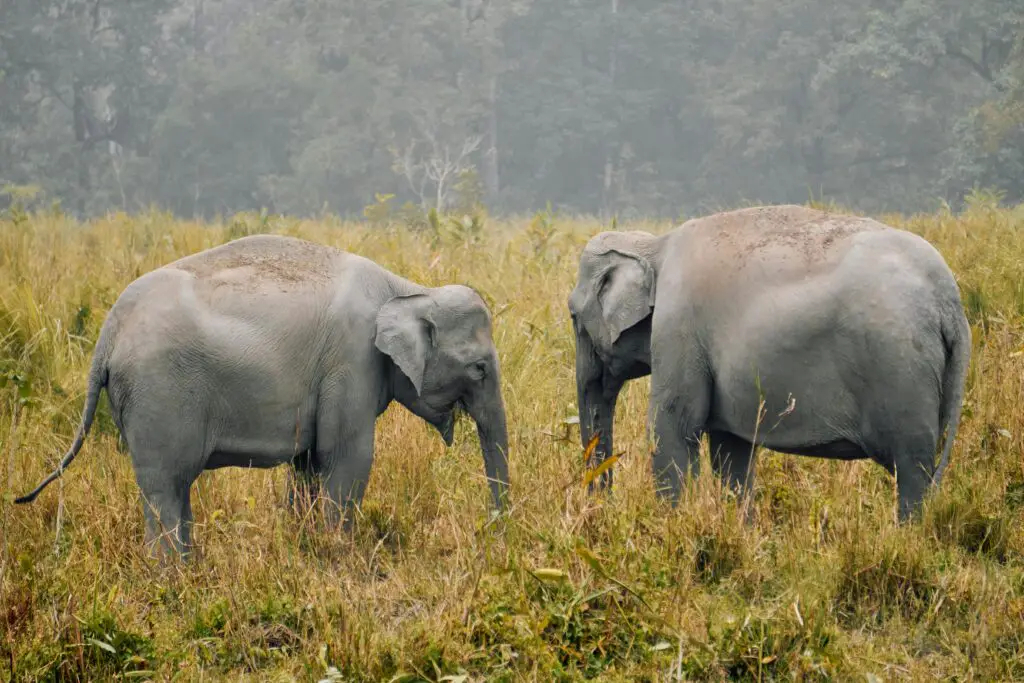
In areas plagued by poaching, some elephant populations are evolving to lose their tusks altogether. While tusks are a critical tool for digging, stripping bark from trees, and defending against predators, they’ve also made elephants prime targets for hunters. In response to the growing threat, elephants without tusks have had a higher survival rate. Over generations, these tuskless elephants have been more likely to pass on their genes, leading to an increasing number of tuskless individuals in certain populations.
This heartbreaking yet fascinating evolution shows how human actions can directly shape the course of nature. While it’s a survival adaptation, it comes at a significant cost to the elephants. Losing tusks means the elephants lose an important part of their natural behavior and capabilities. However, it’s a stark reminder of how species can adapt, sometimes in unexpected ways, when faced with human-induced challenges. Nature’s resilience is remarkable, but so is its vulnerability to human impact.. According to Mongabay, the rise of tuskless elephants is a survival mechanism, but it comes with trade-offs, as these gentle giants lose a key part of their identity and utility. It’s a stark reminder of the impact we have on wildlife and their habitats
6. Crows Crafting Tools
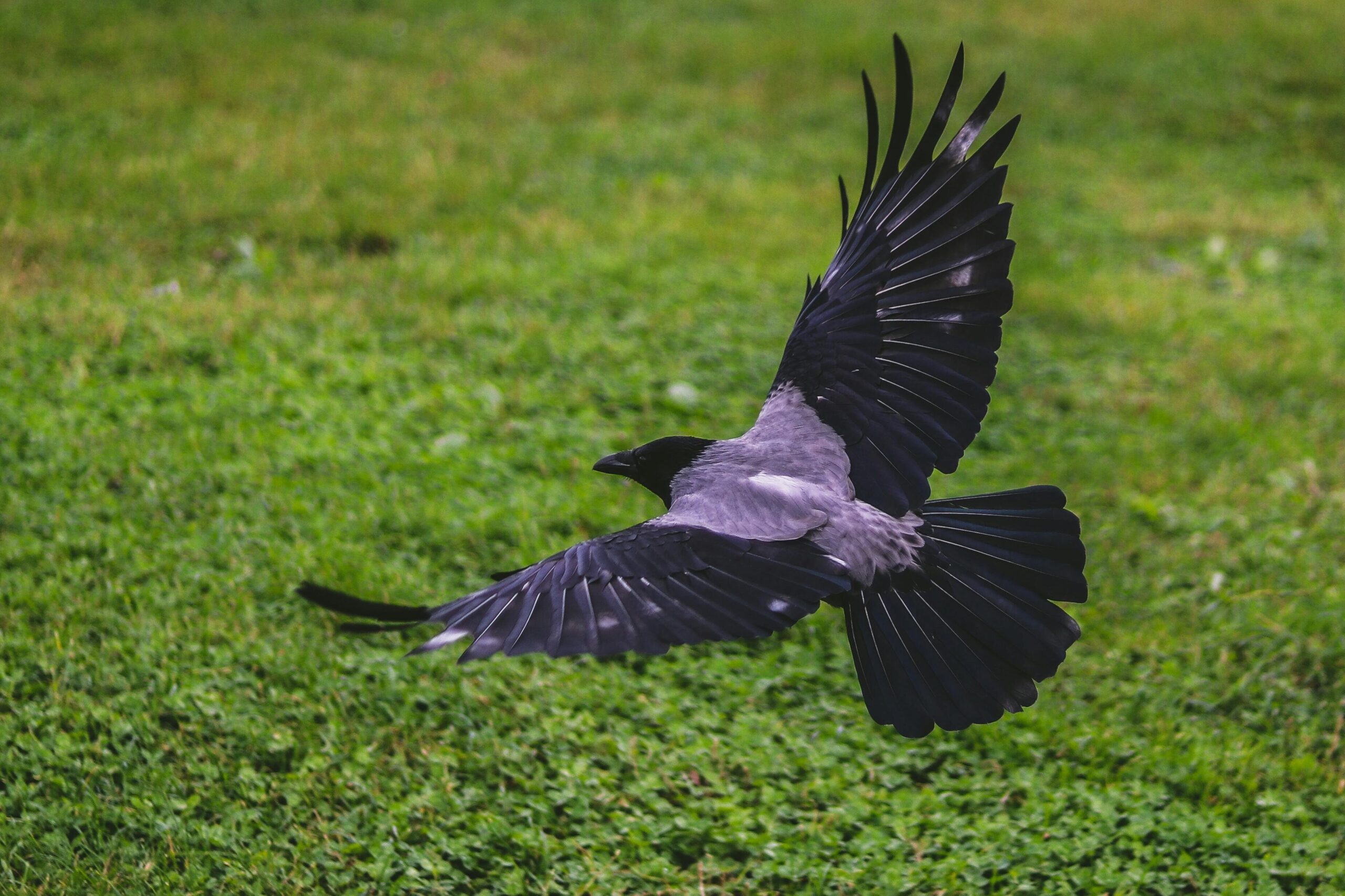
The BBC News reports that crows, especially the New Caledonian variety, are among the smartest birds on the planet. These avian inventors use sticks, leaves, and even their own feathers to create tools for extracting food. Crows, in particular, have been observed crafting intricate tools to reach food that would otherwise be out of reach. Some species even use tools to crack open nuts, spear insects, or manipulate objects in their environment. What’s even more mind-blowing is that they teach these skills to their offspring, creating a sort of bird “culture” where knowledge is passed down through generations.
This level of intelligence blurs the line between instinct and learned behavior. It’s not just about survival; it’s about innovation and creativity. Watching a crow fashion a tool or solve a complex problem is like seeing evolution in action, but with a creative twist. It makes you wonder—what’s next for these clever creatures? Could they someday rival primates in intelligence, or perhaps develop their own unique form of communication and social structures? The future of crow evolution could be more fascinating than we ever imagined.
7. Jellyfish That Cheat Death
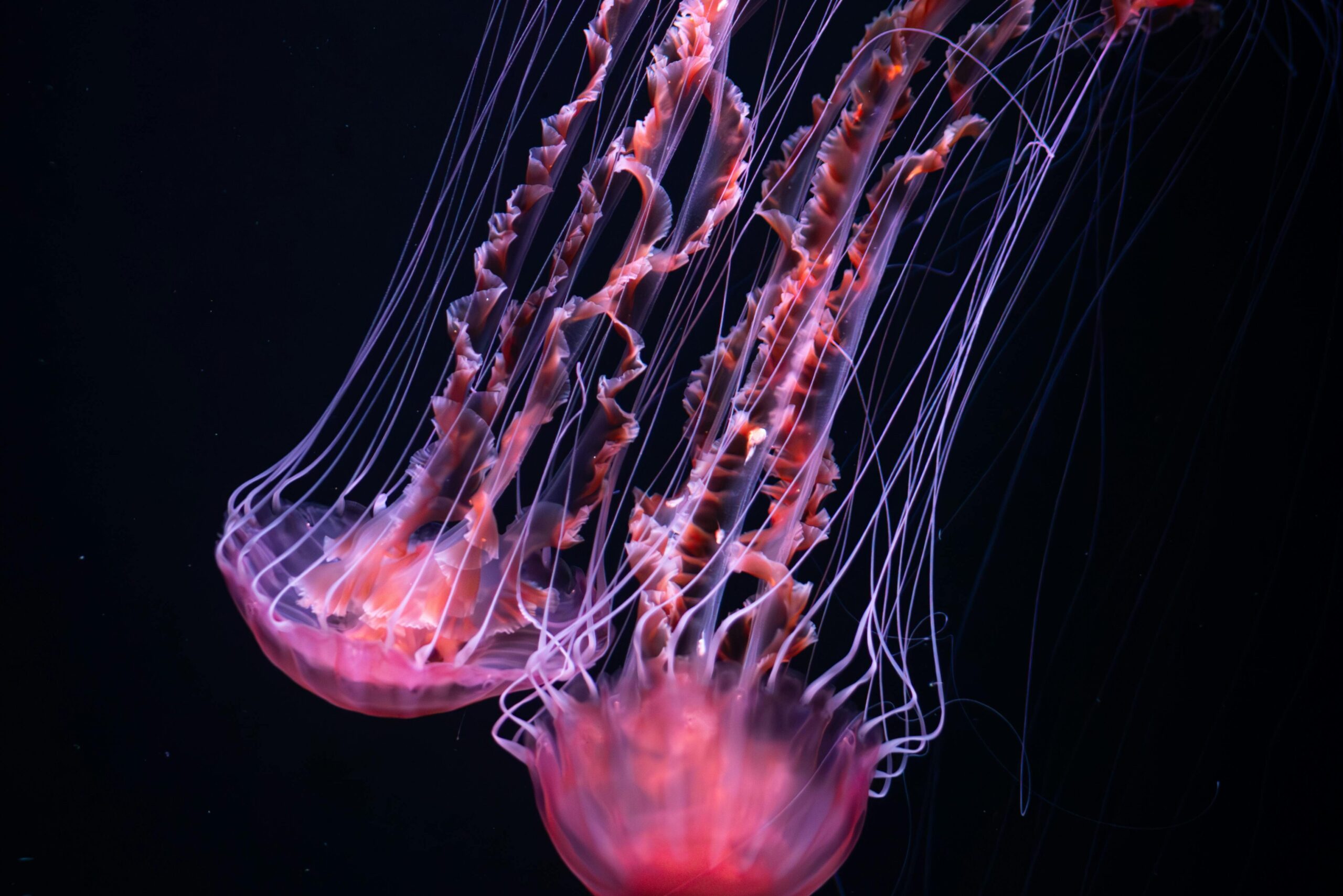
The Turritopsis dohrnii jellyfish, often called the “immortal jellyfish,” has a trick up its sleeve that feels straight out of a fantasy novel. When threatened or damaged, the Turritopsis dohrnii, also known as the “immortal jellyfish,” has the incredible ability to revert to its juvenile form, essentially starting life over again. This process, known as transdifferentiation, allows the jellyfish to transform its cells, reverting to a polyp stage and avoiding death. This regenerative ability makes it one of the most fascinating creatures in the ocean, and researchers are captivated by its potential to provide insights into cellular regeneration.
While predators can still end its life, this remarkable regenerative power is a marvel of evolution. It’s not just a survival mechanism—it’s a glimpse into biological immortality. The ability to “reset” life in this way is unlike anything else in the animal kingdom, and scientists are studying whether this ability could be harnessed to extend life or repair tissues in other species. Could this jellyfish hold the secret to extending life in humans, or perhaps offer solutions to age-related diseases? The possibilities are as endless as its lifespan, and the more we learn, the more we realize how much nature still has to teach us about the potential of life itself.
8. Wolves Adapting to Cities
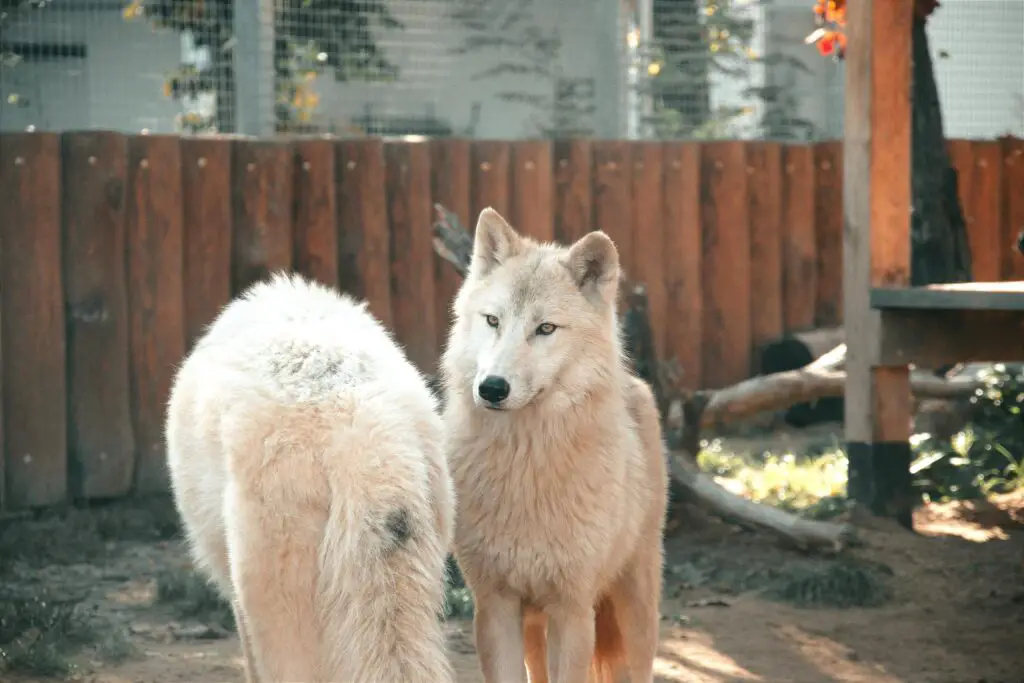
As cities expand, wolves are learning to adapt to urban environments in ways that were once unimaginable. These apex predators, typically associated with vast, untouched wildernesses, are now hunting smaller prey, scavenging food scraps, and even navigating through human infrastructure with surprising ease. Wolves have been spotted roaming urban parks, highways, and residential areas at night, showcasing their ability to blend into human-dominated landscapes. This shift in behavior highlights just how resourceful and resilient these creatures can be when it comes to survival.
Urban wolves serve as a living example of how animals can evolve their behavior to survive alongside humans. They have developed a keen ability to adjust their hunting techniques, opting for smaller mammals or even birds, and scavenging in places like trash bins or dumpsters. While their urban lifestyle might seem alarming to some, it’s a testament to nature’s adaptability and the resilience of wildlife. It’s fascinating—and a little eerie—to think about how wildlife is adjusting to our ever-changing world. As urbanization continues to spread, one can only wonder what other species might follow suit and find ways to thrive in cities.
9. Snakes Growing Deadlier Venom
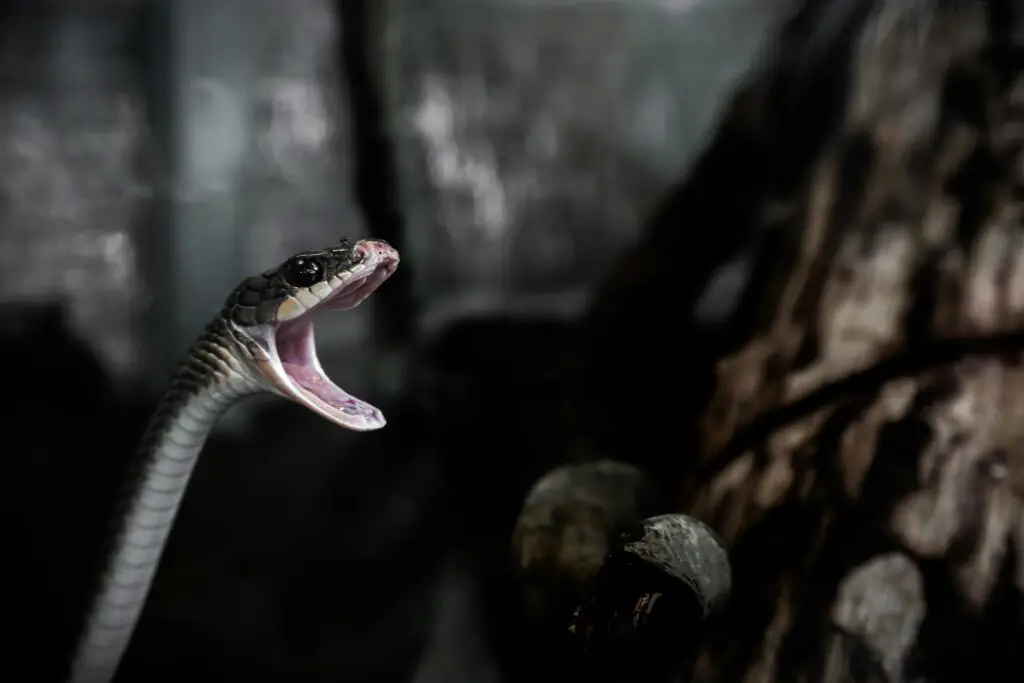
Certain snakes are evolving to produce deadlier venom as a direct response to changing prey and environmental pressures. As ecosystems shift, their venom is becoming more potent, ensuring they can hunt effectively and secure enough food. This adaptation helps them remain at the top of the food chain, even as their surroundings change. It’s a fascinating yet slightly unsettling example of survival at its most primal. These snakes are not just adapting—they’re improving their hunting capabilities, handling larger prey, and staying in sync with their evolving environment.
While this process might sound like something out of a sci-fi movie, it’s happening right now in nature. The evolution of deadlier venom shows that nature is constantly working to ensure survival. It’s a reminder that change in the wild is often driven by necessity and survival. These increasingly potent snakes inspire both awe and a little fear, as their enhanced abilities allow them to thrive in challenging environments. As ecosystems continue to shift, we can only wonder what other surprising adaptations might emerge. Nature’s resilience is a force to be reckoned with, and it’s unfolding right before our eyes.
10. Penguins Streamlining for Speed
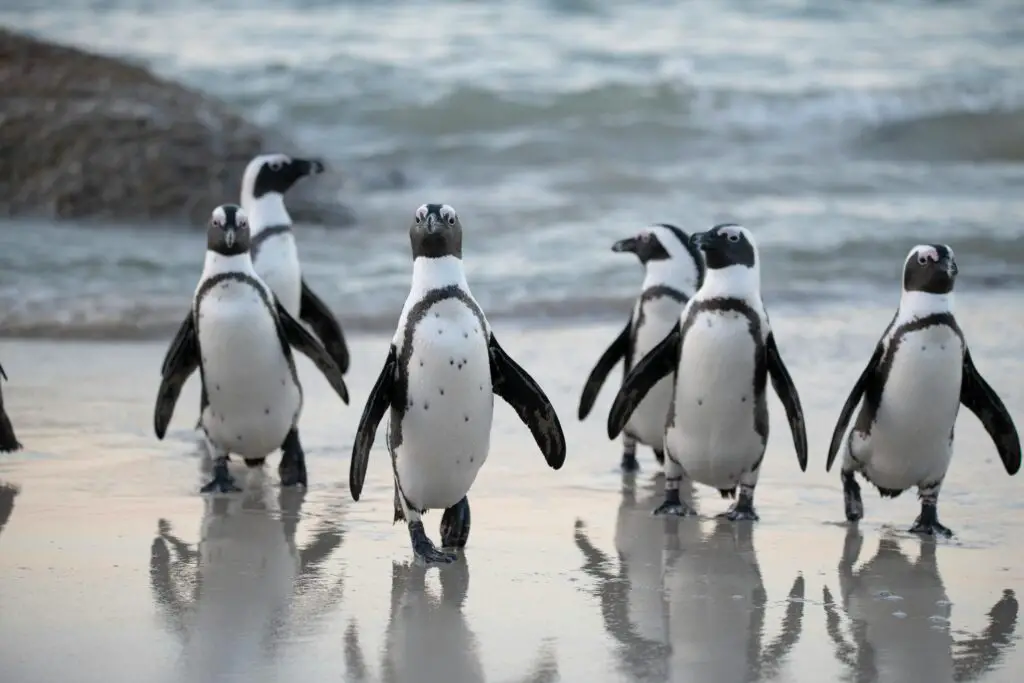
Penguins in some regions are evolving more streamlined bodies as a response to shifting ocean currents. This adaptation allows them to swim faster, catch prey more efficiently, and escape predators with ease. The changes in their physical structure reflect the way evolution fine-tunes even the smallest details to improve survival. Watching penguins glide through the water with greater precision is nothing short of mesmerizing, highlighting how nature’s adaptations are often beautiful in their simplicity.
This incredible evolution serves as a reminder that nature is always evolving, constantly reshaping the world around us. From walking sharks to tool-using crows, the animal kingdom continues to amaze with its resilience and cleverness. As we observe these adaptations, it’s fascinating to imagine what the next chapter of evolution might look like. With each new discovery, we get a glimpse into how life is continually adjusting to meet the challenges of a changing environment. The future of evolution is full of possibilities, and it’s exciting to think about what innovations nature will reveal next.


